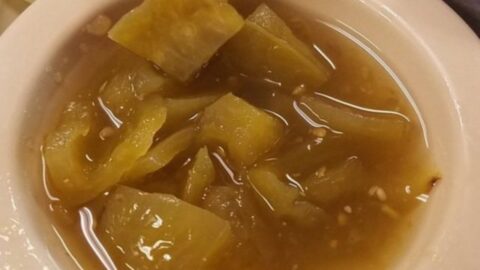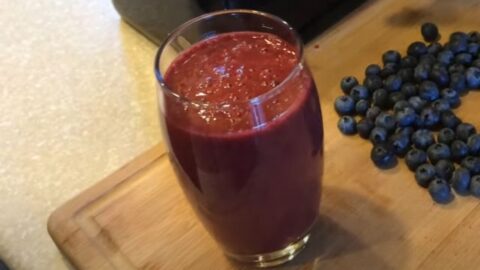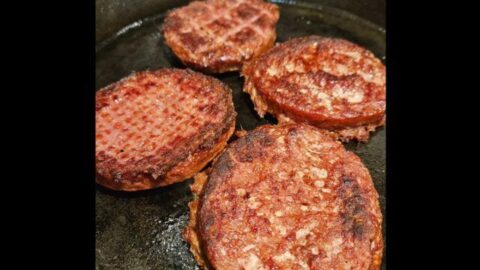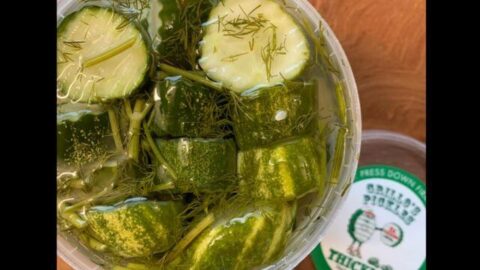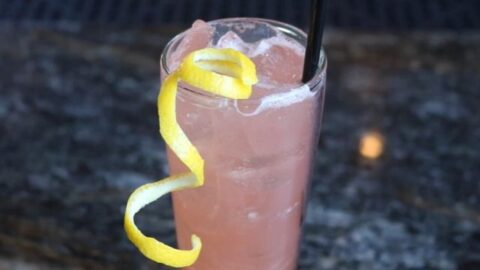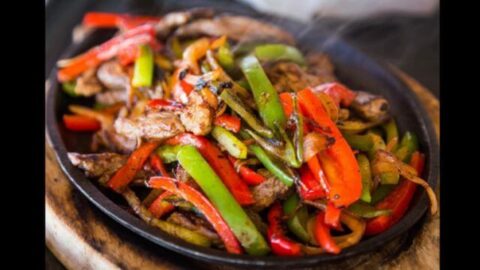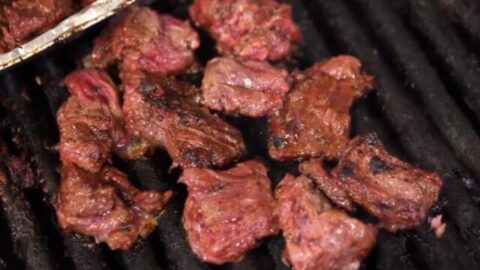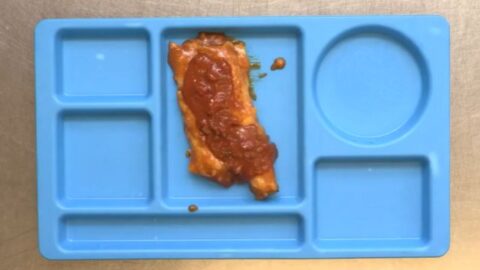Catfish King Green Tomato Relish Recipe
If you are looking for the Catfish King Green Tomato Relish Recipe then you are on the right blog page. In this post, I have tried to make the Popular Catfish King Green Tomato Relish Recipe with some useful information that is served at Catfish …
